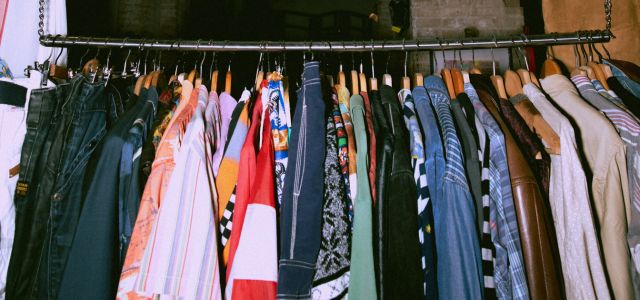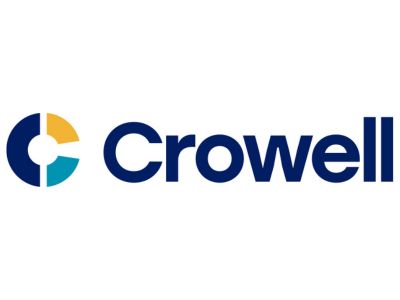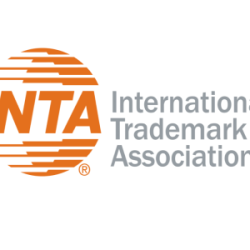With ’90s fashion having its moment, consumers have been reaching for their oversized sweatshirts with bold graphics and logos. Some may be reaching back into their own closets, but others are buying these for the first time. However, companies that have capitalized on this trend, using logos and graphics of yore to sell merchandise that harkens back to an era of alternative rock, combat boots, claw clips — and yes, sportswear — have just had a (legal) wake-up call.
Last month, the closely watched case brought by Penn State against Vintage Brand, a creator of, in their own words, “unique vintage sports apparel and gear,” ended, with the jury finding Vintage Brand liable for infringing Penn State’s iconic trademarks (The Pennsylvania State University v. Vintage Brand LLC et al. (Case No. 4:21-cv-01091, US District Court for the Middle District of Pennsylvania).
Penn State had accused Vintage Brand of infringing the university’s trademarks by using Penn State’s name and graphics, copying old images from sporting events and memorabilia, and printing them on shirts, hats, and other merchandise without permission. Throughout the litigation, Penn State made clear that it has hundreds of licensees with whom it works to create and distribute university-branded merchandise around the world but that Vintage was not one of those. Therefore, the jury’s finding of willful infringement by Vintage was not surprising. That’s not to say there was not a fair amount of anxiety from brand owners (and their lawyers) going into the trial.
Throughout the case, questions emanated from Vintage Brand’s affirmative defenses related to nominative fair use and aesthetic functionality, and Judge Brann made clear early on that this wouldn’t be a straightforward trademark infringement case. Indeed, he specifically questioned whether “a symbol [can] identify the source of the goods if it merely creates an association between it and the trademark holder,” and, finding the answer to be ‘no,” denied Penn State’s motion to dismiss Vintage Brand’s counterclaims. Judge Brann also appeared skeptical of Vintage Brand’s bad acts, seeing the vigorous disclaimers on Vintage Brand’s website as disavowing any connection to the university as a factor weighing in favor of Vintage Brand.
The implications of this case stretch beyond just sports merchandise, and, truth be told, brand owners across the board are breathing a sigh of relief. This is especially true as brand owners continue to play whack-a-mole when it comes to protecting key brands, trying to keep print-on-demand forums and eager and creative fans from using their marks without authorization. A company like Vintage Brand, whose sole business model is to monetize brands in this manner without the original brand’s authorization, is all the more worrisome. Had the verdict gone the other way, brands’ abilities to pursue infringers would have been seriously stymied.
One key question that kept arising during this case was whether consumers truly believed that Vintage Brand’s sweatshirts bearing a Penn State logo, for example, were actually from Penn State — as in, did they believe Penn State to be the source, such that the trademark was functioning as a source identifier. Vintage Brand tried to argue that it was not — that no one was buying those sweatshirts thinking that Penn State was the source. Rather, they were just buying a sweatshirt they liked.
Penn State was able to convince the jury otherwise. The jury found compelling Penn State’s argument that consumers were buying this merchandise from Vintage Brand because of the affiliation with, and perhaps even affection for, the university. Penn State presented plenty of evidence of all the efforts it had taken over generations to build and maintain its brand.
Serious brand owners — especially where the brand is the economic engine for a company — are no strangers to these types of efforts that can take decades to reap dividends. However, once those dividends start to pay out, a brand wants to make sure it does everything it can to protect its essential assets, which can sometimes even lead to suing in court.
So now, as ’90s radio regulars Boys II Men would ask, is this the end of the road? That’s yet to be seen. The fact-intensive inquiry into the consumer’s mind and perspective in trademark infringement cases varies by circuit, so an appeal by Vintage Brand may be on the horizon.
[NB: Final judgment was entered on November 19, 2024, so they had until December 19, 2024, to file a notice of appeal].

Written by Preetha Chakrabarti
Partner, Crowell & Moring
You may also like…
COLD PALMER: lessons for athletes looking to protect their image
Modern athletes are brands. Just like traditional brands, they generate revenue through their image, licensing their...
INTA to bring its 2026 Trademark Administrators and Practitioners Meeting to Baltimore’s historic Inner Harbor
New York, New York—September 30, 2025—The International Trademark Association (INTA) is pleased to announce that it...
New Minister appointed with responsibility for intellectual property
The UK Intellectual Property Office (UKIPO) CEO has welcomed the new Minister. Kanishka Narayan MP has been confirmed...
Contact us to write for out Newsletter













